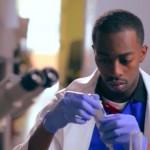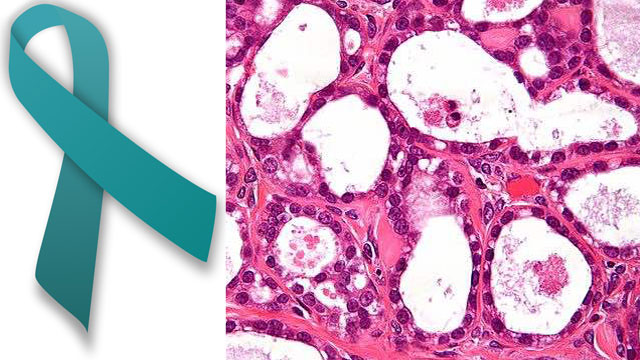Scientists have finally discovered why ovarian cancer frequently comes back after patients receive chemotherapy—and they’ve also found a way to potentially eliminate the recurrence rate for half of patients who have the disease.
A five-year study at the University of California at Los Angeles found that coupling chemotherapy with an experimental drug called Birinapant greatly improved survivability in laboratory tissue.
At the core of the problem is the way doctors test for ovarian cancer. One of the things they look for is a protein called CA125. Chemotherapy targets cells containing the protein and that knocks out the cancer.
Meet the Chicago Teen Who May Cure Colon Cancer
The UCLA researchers found other cells, without the protein, that grow 700 times faster than the cells chemotherapy targets, allowing ovarian cancer to recur in more than 80% of people treated with chemotherapy alone.
“We found that these cells were like little time bombs, hiding from the chemotherapy and then later initiating tumor growth,” Dr. Sanaz Memarzadeh, a senior author of the study said.
Birinapant targets the cancer cells that do not contain the protein, and when coupled with chemotherapy, the combined treatment attacks the cancer on both fronts.
Ebola Vaccine Trial Proves 100% Successful in Guinea
The researchers plan clinical trials on actual patients next.
Not everyone with ovarian cancer would benefit from this particular combination of therapies. The good news is these two types of cells are present in about 50% of ovarian cancer patients – who would be candidates for this dual treatment.
Researchers are looking at other biomarkers to see if they’ve been missing still other hidden cancer “time bombs.”
German Shepherds Do Better Than Lab Tests in Detecting Prostate Cancer
The study was funded by grants from 10 foundations and government agencies and was published on August 3 in the journal Nature.
(READ more from UCLA) – Photos: MesserWoland, CC license; Nephron, CC license




















